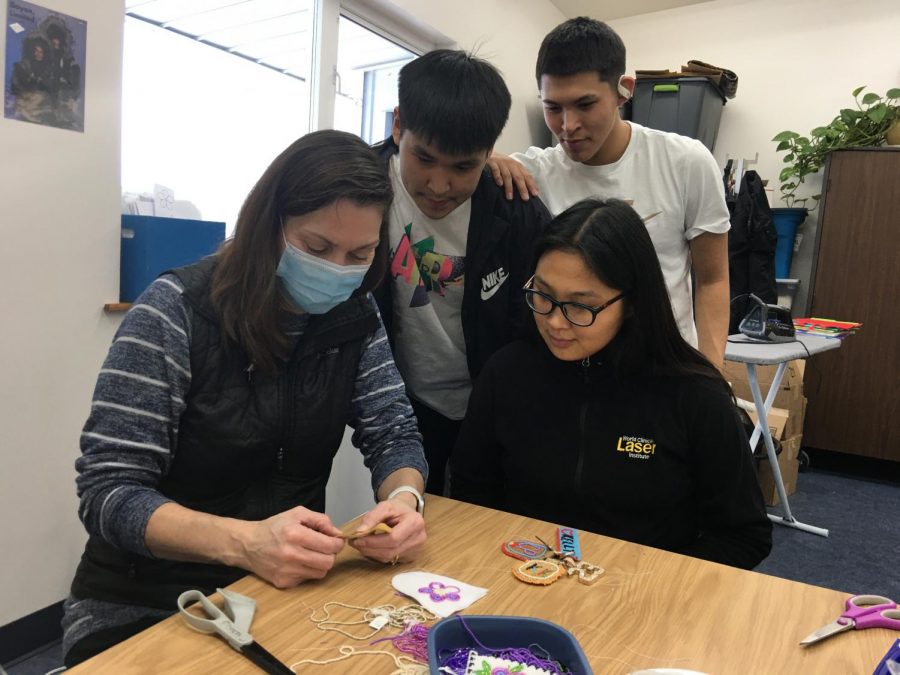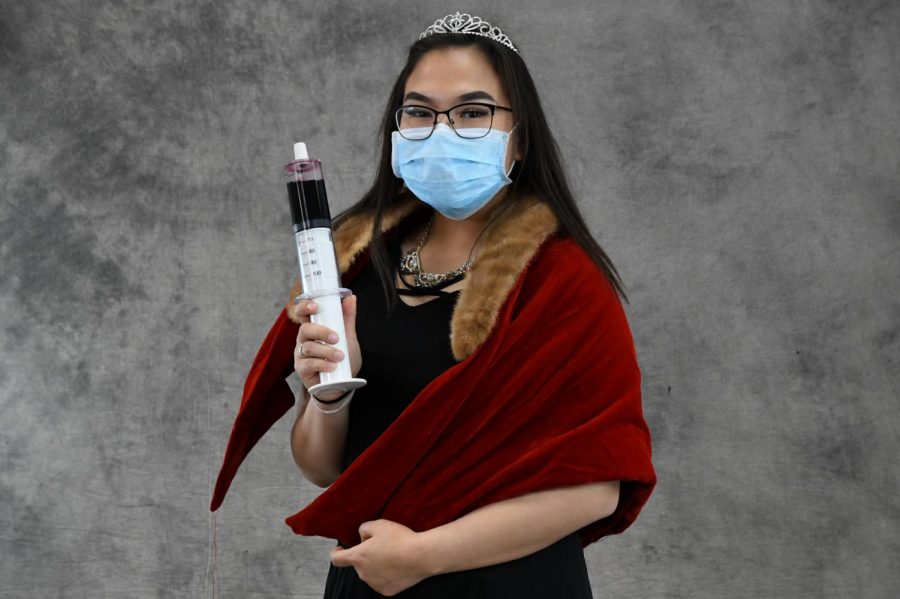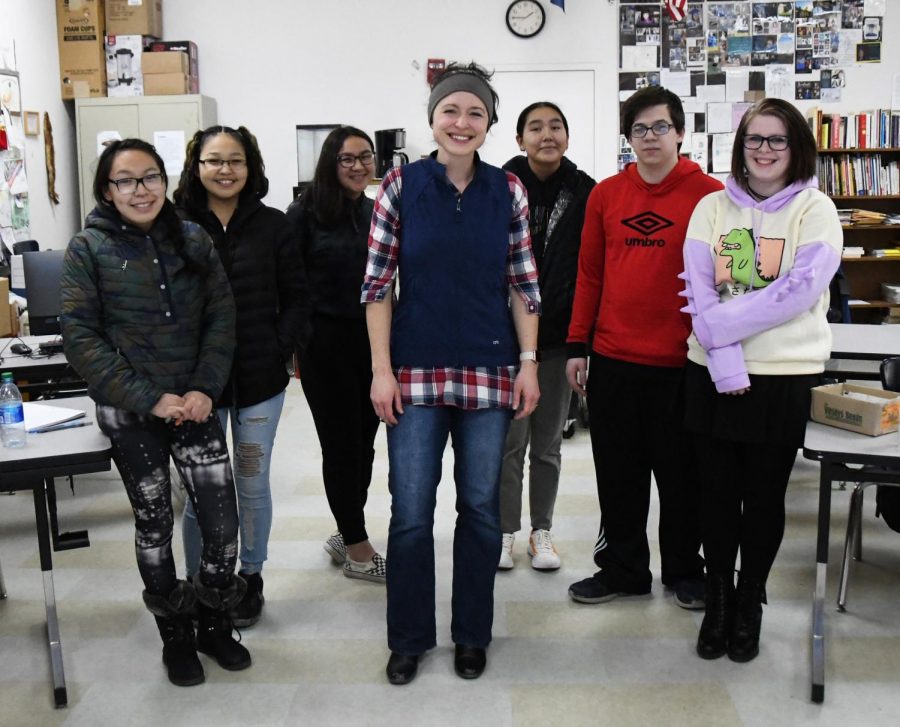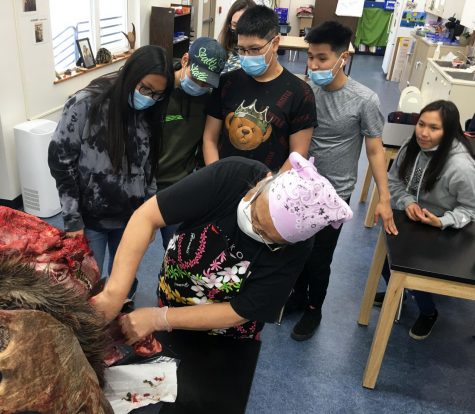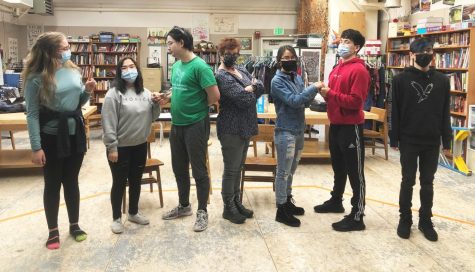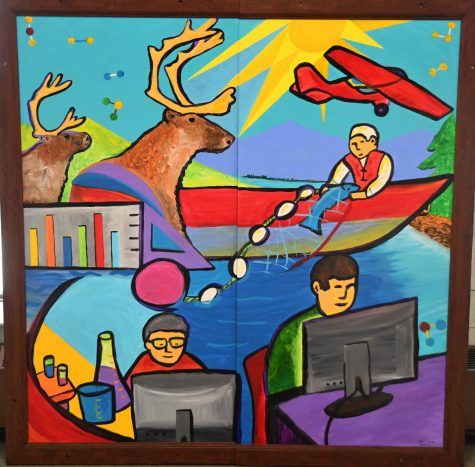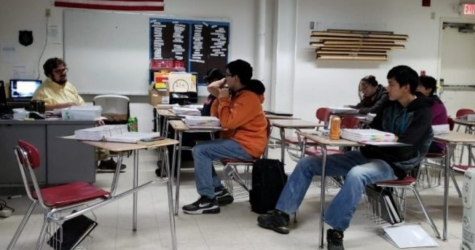Lack of sunlight could lead to seasonal blues
The sun at its highest point in the sky on Dec. 8.
November 28, 2017
Winter is here. Are you ready?
Galena is only getting about five hours of daylight right now – and that will lessen until the end of December. That means some students and staff will be affected by Seasonal Affective Disorder (SAD).
“SAD affects 3%-4% of the world’s population,” said Joy Wintersteen, GILA’s school counselor.
As of 1984, Seasonal Affective Disorder (SAD) became known as a real mental illness that can be diagnosed by doctors. SAD is a psychological disorder that results in depression usually brought on by seasonal change.
SAD is related to the need for sunlight. The less sunlight in the day, the more depressed you get. “SAD is also known as cabin fever,” said Ms. Wintersteen, although she said that personally she has “never felt [the effects of SAD].”
Wintersteen stated that SAD occurs in the southern hemisphere as well as the northern hemisphere. “The farther you are from the equator, the worse it is,” said Ms. Wintersteen.
According to some research Wintersteen cited, SAD affects Alaskans more than any other people. She also says that SAD affects people differently; the severity varies.
According to Clarice Essex, SHS’s school counselor, this is how people who suffer from SAD are affected. People who have SAD become more tired and have less energy than usual. “People with seasonal affect tend to withdraw,” said Mrs. Essex. You could possibly not sleep as well and feel like sleeping all the time. You may also experience irritability.
According to Mrs. Essex and Ms. Wintersteen, these tips will help people affected by SAD:
1. Get a Happy Light (full spectrum light that has every color and is the closest to real sunlight.) Sit in front of the light. You should usually be doing something in front of it and not stare at the light directly. “The closer you sit to the light the less time you need to sit in front of the light,” said Mrs. Essex. For example, 18 inches away from the light you should only be in front of the light for 20 minutes.
2. Do physical activity outdoors for 30 minutes to one hour in the sunlight. Being active is a big helper. If there is no sunshine, the Happy Light comes in handy there.
3. Get a head start on using the Happy Light. Start using it as early as the start of October. The Happy Light creates a chemical reaction in the brain to feel happy, so often no medication is needed. “Your brain has to build up the happy chemical.” said Mrs. Essex. It takes approximately two weeks for the Happy Light to take full effect.
4. If you’re someone affected severely, you can consider a therapist.




